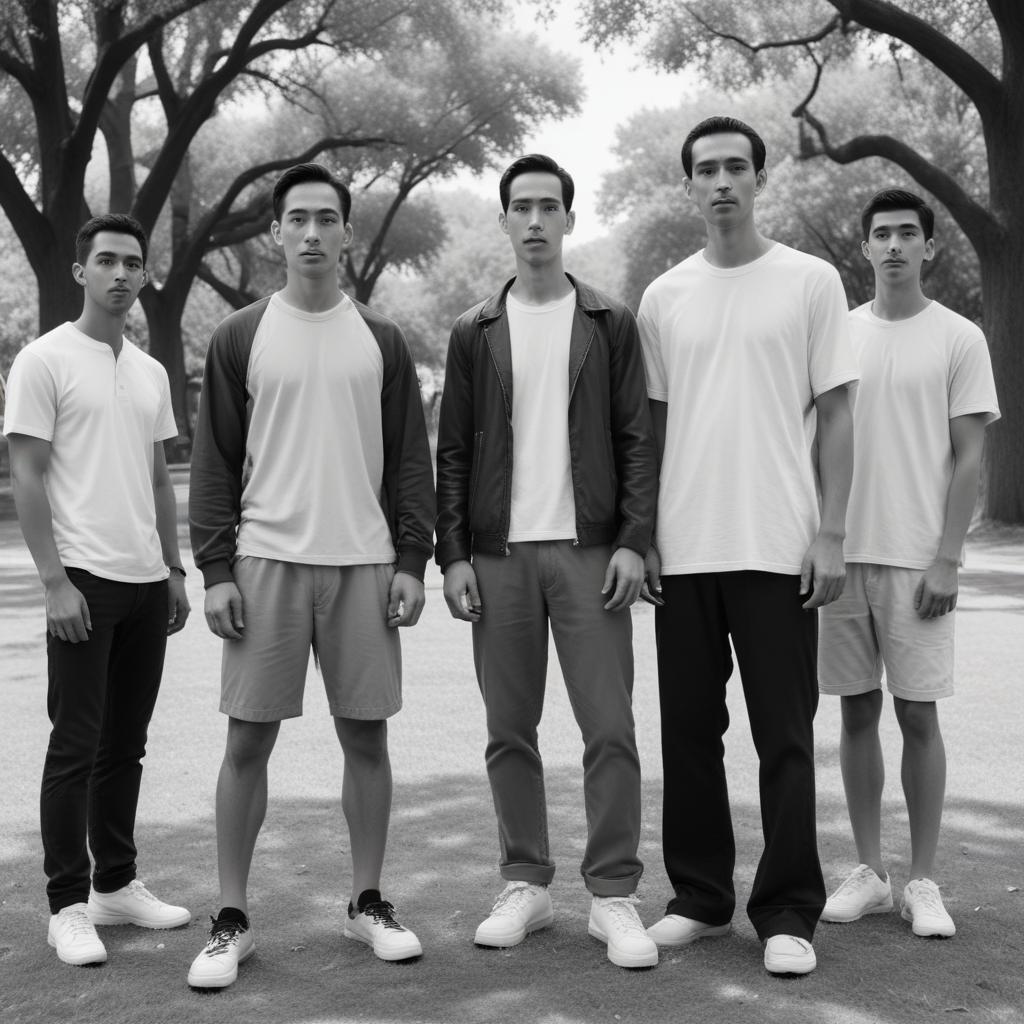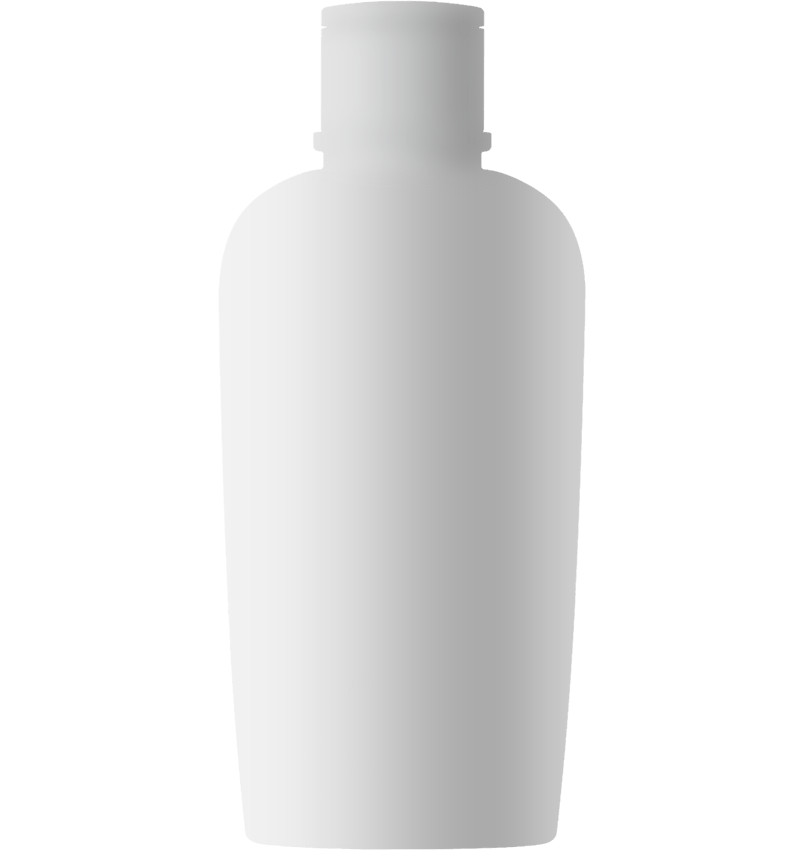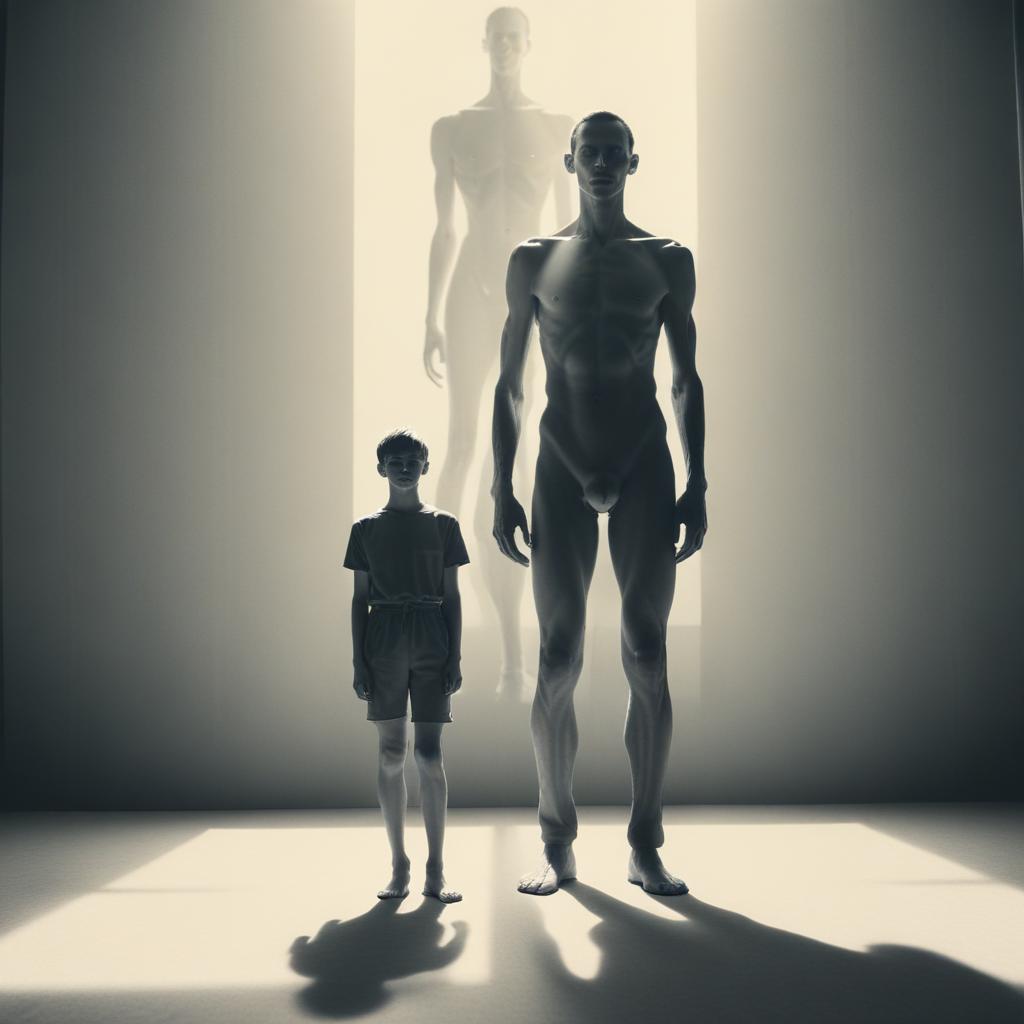Overview of Scoliosis
Scoliosis is a lateral (sideways) curvature of the spine that typically develops during childhood or adolescence, though adult-onset scoliosis can occur due to degenerative changes in the spine. The spine may curve to the right (levoconvex) or left (dextroconvex), with some cases presenting as an “S” or “C” shape. The curvature can range from mild to severe, and when left untreated, it may lead to a number of complications, including chronic pain, lung issues, and impaired mobility.
Types of Scoliosis
Idiopathic Scoliosis
Definition: The most common type, idiopathic scoliosis, has no clear identifiable cause. It is thought to have a genetic component, with family history playing a key role. It typically manifests during the growth spurt before puberty.
Subtypes:
Adolescent Idiopathic Scoliosis (AIS): Occurs in children aged 10-18 years.
Adult Idiopathic Scoliosis: Scoliosis that develops in adulthood, often due to a progression of adolescent idiopathic scoliosis or degenerative changes.
Congenital Scoliosis
Definition: This type of scoliosis is present at birth due to spinal vertebrae malformations during fetal development. It may lead to an abnormal spine structure as the child grows.
Causes: It is linked to problems in vertebral formation (e.g., hemivertebrae or incomplete vertebral formation), and its severity is usually more pronounced than idiopathic scoliosis.
Neuromuscular Scoliosis
Definition: Neuromuscular scoliosis results from neuromuscular diseases that impair the nervous system’s ability to control the muscles supporting the spine. Conditions like cerebral palsy, muscular dystrophy, and spina bifida are common causes.
Effect on the Spine: The imbalance of muscle control causes the spine to curve abnormally, with the severity often increasing as the patient ages.
Degenerative Scoliosis (Adult Scoliosis)
Definition: This type of scoliosis occurs in adults and is generally related to degenerative changes in the spine, such as arthritis, disc degeneration, or osteoporosis. This form can result in an uneven curvature of the spine that gradually worsens.
Symptoms: In adults, scoliosis is often accompanied by pain, numbness, and difficulty with mobility.
Causes and Risk Factors
Genetics and Family History
While the exact cause of idiopathic scoliosis is unknown, it tends to run in families, suggesting a genetic predisposition.
Congenital Malformations
Abnormal vertebral formation or issues with the development of the spine during pregnancy can lead to congenital scoliosis.
Neuromuscular Disorders
Conditions such as cerebral palsy, muscular dystrophy, and spina bifida can cause neuromuscular scoliosis, where the muscles and nerves are not able to stabilize the spine properly.




